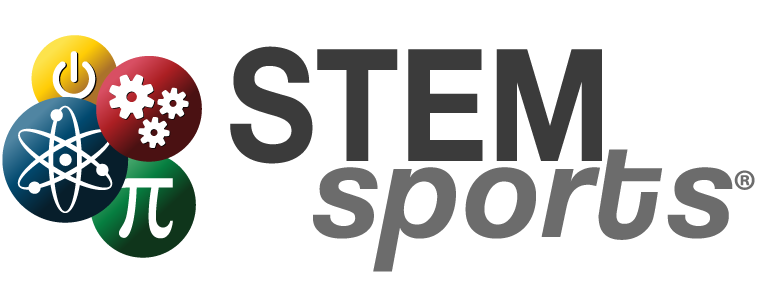In July of this year, Sporttechie published an article called Way, Back, Back, Back: The Unlikely Origin of Baseball’s Launch Angle Revolution. A piece that identifies how technological advancements continue to enhance a hitter’s ability to hit the ball a looooong ways! A concept that hits close to home for us at STEM Sports®. The article is Part 1 of a five-part series, with the first story highlighting Major League Baseball’s 2019 Home Run Derby; a focus on not only the number of home runs hit during this year’s event, but the average distance of all eight competitors. To be exact, a record 312 HR’s were hit, collectively traveling almost 25 miles!
The article references several key changes to the game, which includes a change in dominance from pitching-to-hitting for the majority of the last decade or so. This, due to a significant rise in pitching velocity, as well as breaking pitches (curve ball, slider, cutter/cut fastball, etc.) moving much greater due to arm speed/torque put on the baseball. Yet in recent years there has been a “changing of the guard” due to advancements in technology:
“In recent years, the proliferation of new tools and devices—from bat sensors to virtual reality and wearables to radars—have shifted the pendulum back closer to equilibrium.”
However, launch angles and swing-plane were recognized years ago by arguably the greatest pure hitter to play the game, Ted Williams. The “Splendid Splinter” wrote a book in 1968 titled “The Science of Hitting”; a depiction from a player who hit .407 in 1953 — also the last player to hit over .400. Needless to say, a good source to support how and why “launch angles and swing path” will continue to change the trajectory of the game. Remember: this was written in 1968.
Baseball is not the only sport focused on angles to improve performance. This article demonstrates how and why baseball can’t be mentioned without golf. Michael Bentley, who is the son of a PGA pro, began his golf career in the 1980’s — a journey that included playing in Asia, Australia, and the U.S. During his playing days, Bentley considered himself more of a “mechanical” player than those around him. As such, he was intrigued by an ad in 1987 by Dr. Frank Jobe (developed Tommy John Surgery) and the use of high-speed video to breakdown a golf swing. In turn, “As a player,” Bentley recalls thinking, “how do I tie-in my ball flight and my performance into my body and the ground?”
This experience, in addition to growing up in the motocross world, instilled an interest and ability to be data-driven and innovative; thus, the creation of K-Motion, now one of the more popular devices utilized in Major League Baseball. The objectives:
· track the body’s motion during a swing
· track the movement and acceleration of the hips and torso
Bentley’s contributions don’t end here, however. He also helped develop Enso, a 3-D motion capture technology that measures golf shaft deflection, twist, and club head performance. (He now operates Paradigm Performance Group, a platform that trains coaches on the use of biomechanics technology.) The next evolution in the portability and accessibility of this data was to find a way to get data from golf clubs—or baseball bats—that synced automatically with video clips of a swing.
And, it goes without saying that there is a common thread between baseball and golf in the STEM sphere. Likewise, we at STEM Sports® are excited and proud to announce the development and launch of STEM Golf, STEM Baseball, and STEM Softball curricula by 2020!
Thanks!
